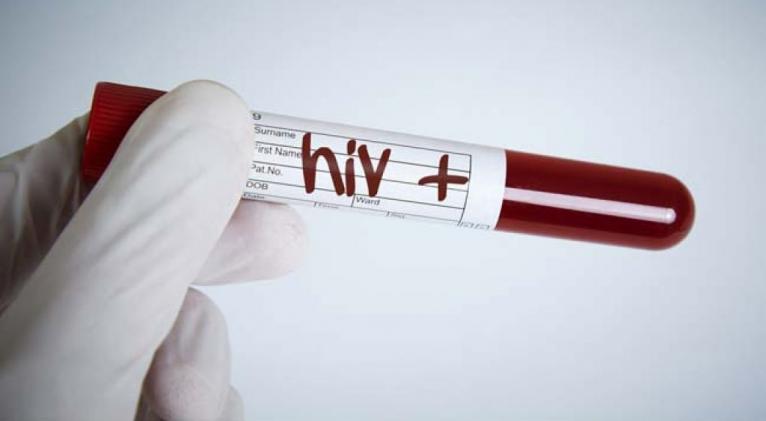'Vaccine Against HIV Closer To Reality', Say Researchers
especiales

Melbourne: In a significant progress towards the development of a vaccine against HIV, scientists have developed a new approach to help the immune system actively fight the virus in the body.
For the first time, researchers showed that a combined approach - using a common cold virus to introduce a vaccine into the body, as well as an injection of a DNA-based vaccine - may help protect against HIV in the gut and bodily cavities.
"With sexual activity being one of the primary methods of HIV transmission, it is necessary to try to protect those parts of the body that are most likely to encounter the virus first," said Branka Grubor-Bauk, from the University of Adelaide in Australia.
"A possible reason why previous HIV vaccine trials have not been successful is because of this lack of a front-line protection," Mr Grubor-Bauk said.
The laboratory studies, conducted so far in mice represent an important step forward in attempts to introduce a first line of defence against HIV at the site of infection.
"In mice, we delivered a rhinovirus (or common cold virus) inside the nose, and this virus had been altered to include HIV proteins," Mr Grubor-Bauk said.
"At the same time, the mice also received an injection into the skin containing a DNA-based vaccine. This approach resulted in very specific responses in the immune system," she said.
"This vaccine approach encompasses two different arms of the immune system: white blood cells that attack the HIV virus, and specific antibodies that recognise and shut down HIV-positive cells," she added.
"There is an element of HIV known as Tat that helps the virus to replicate quite rapidly," said Eric Gowans, professor at University of Adelaide.
The antibodies inhibit the Tat effect, preventing HIV from replicating itself, Mr Gowans added.
"Overall, we found that infection was considerably reduced in the mice we studied," he said.
The study appears in the journal Scientific Reports.













Add new comment